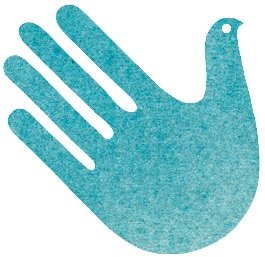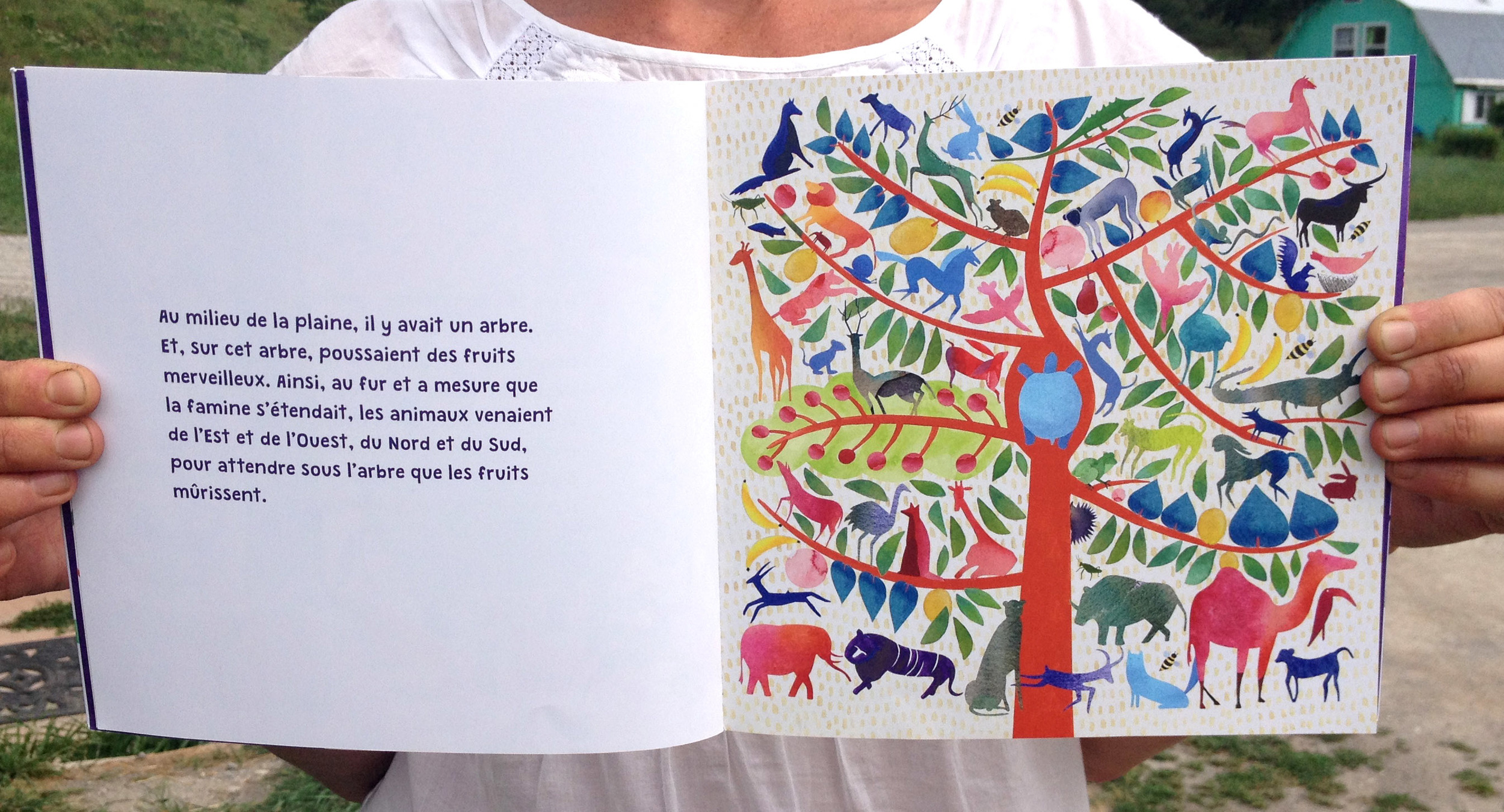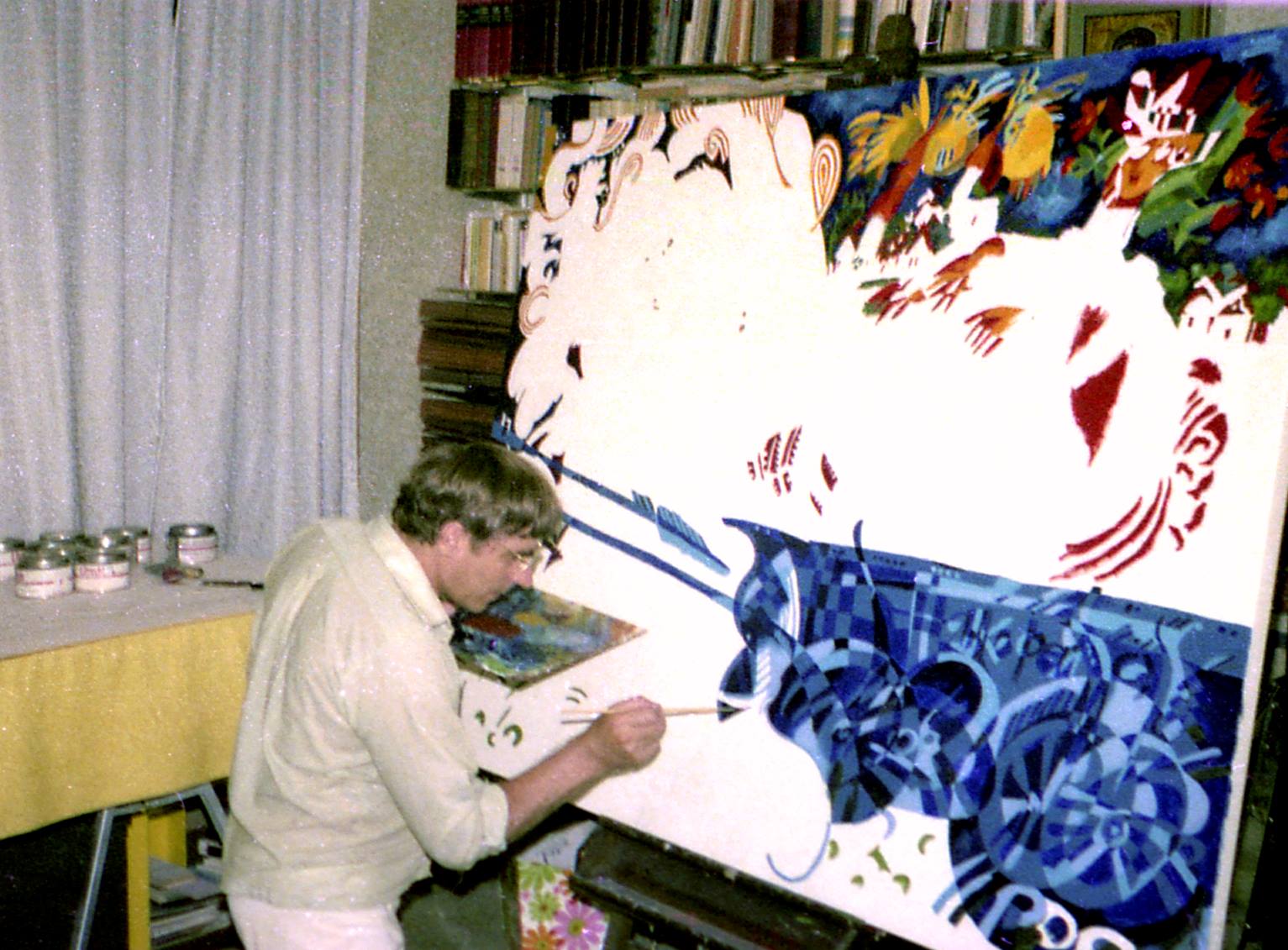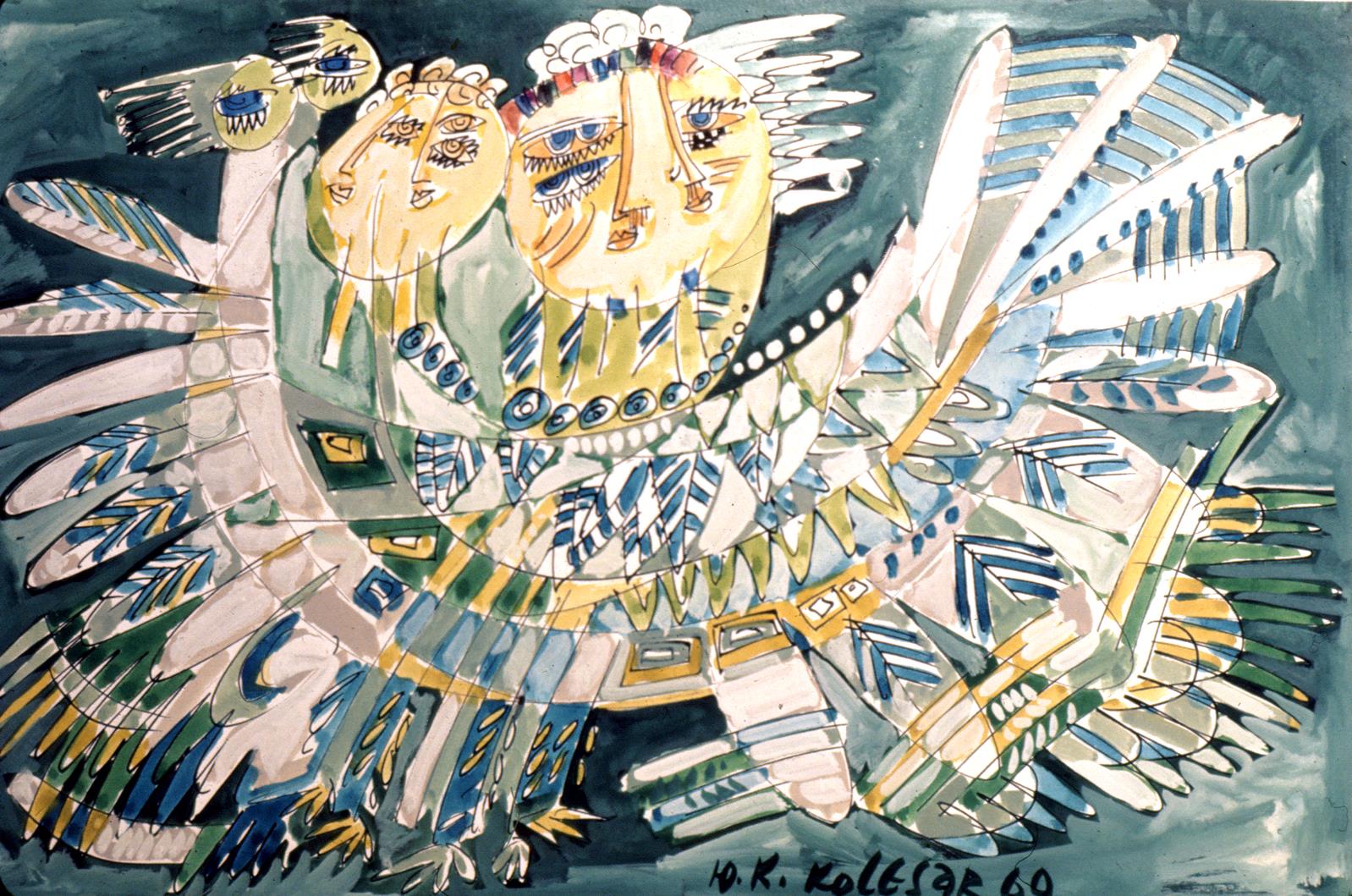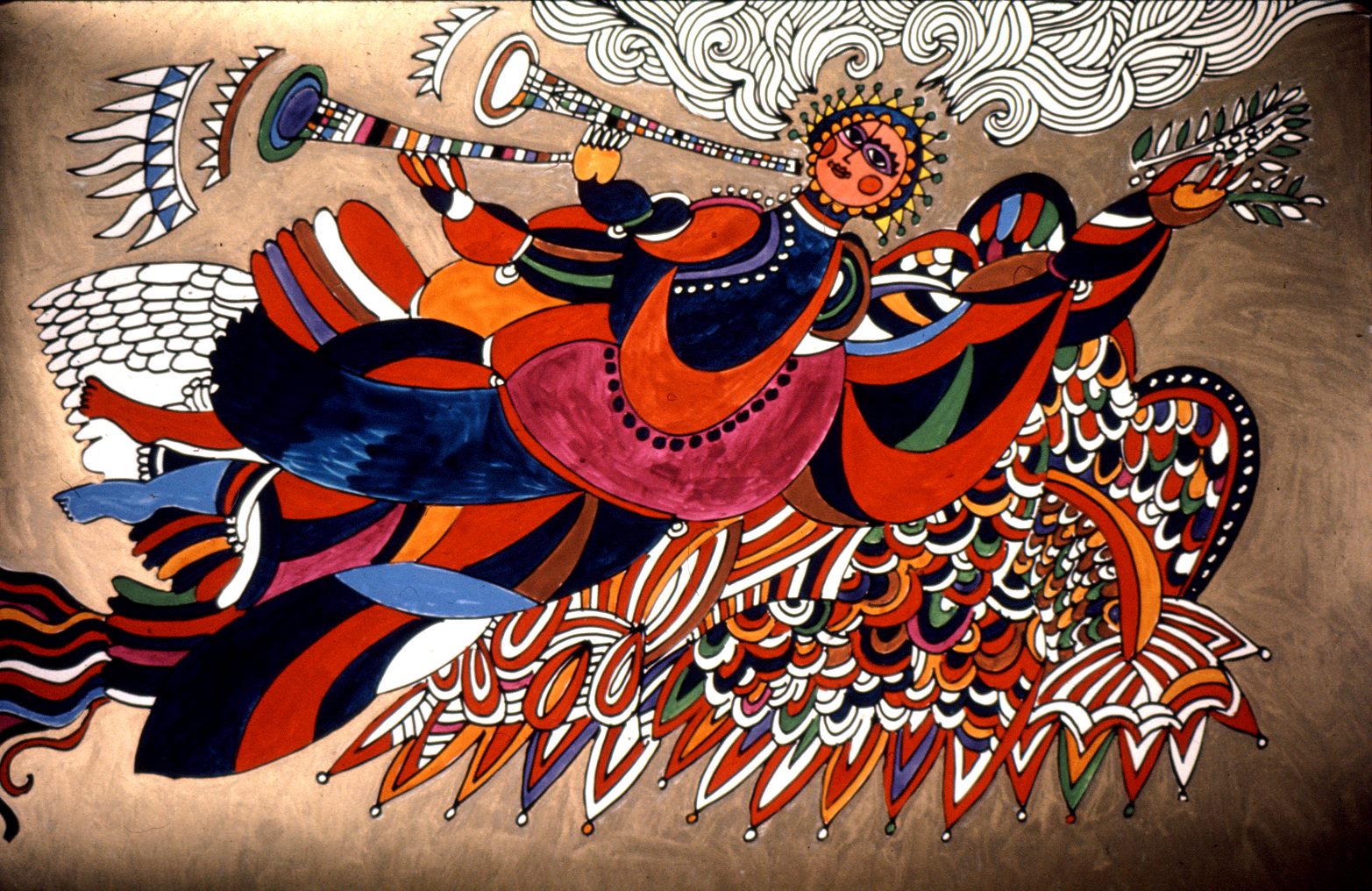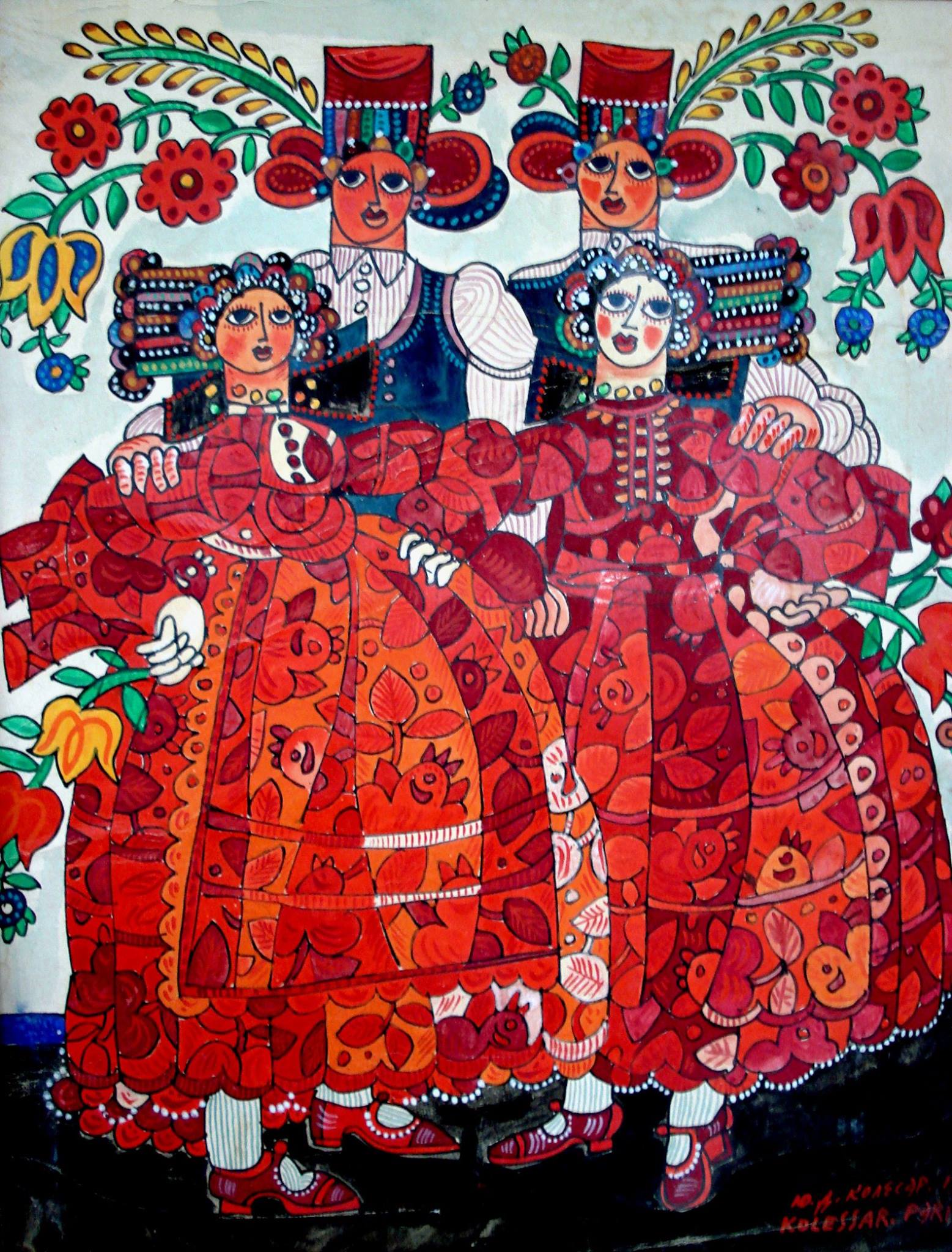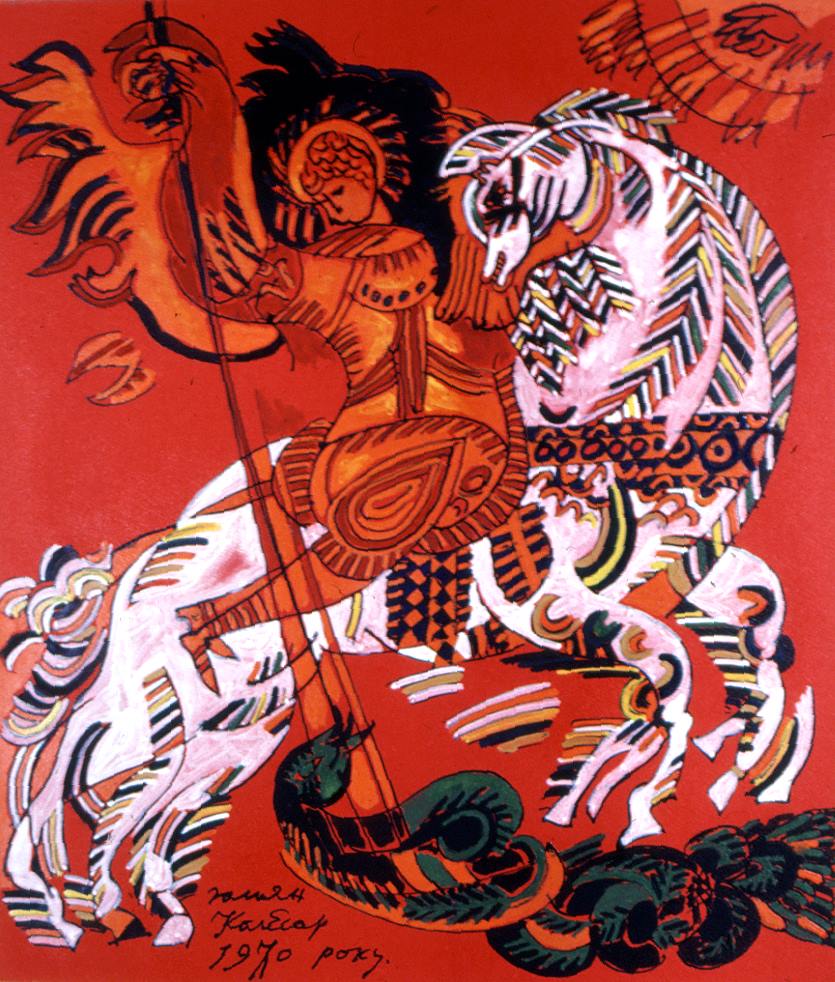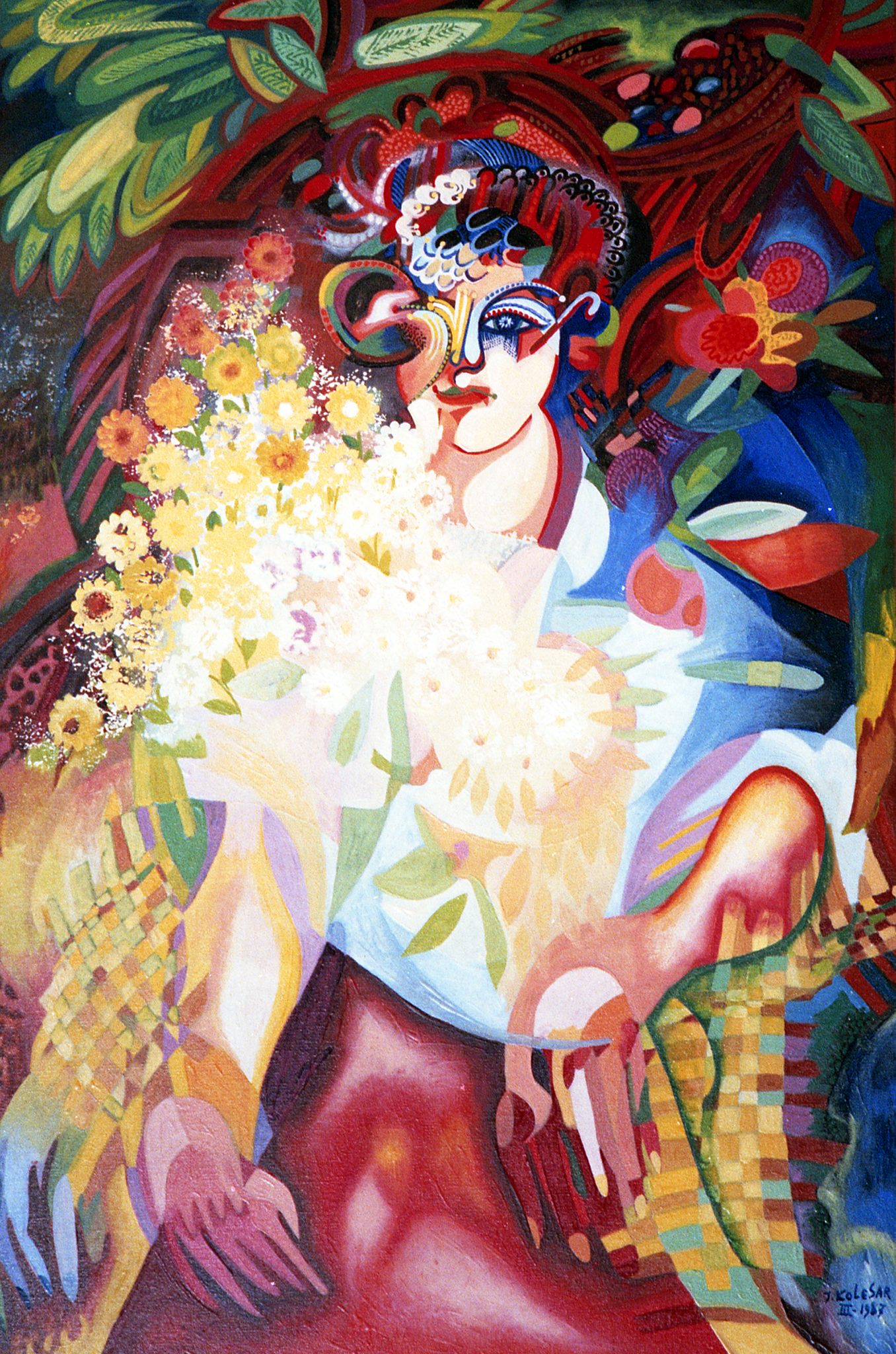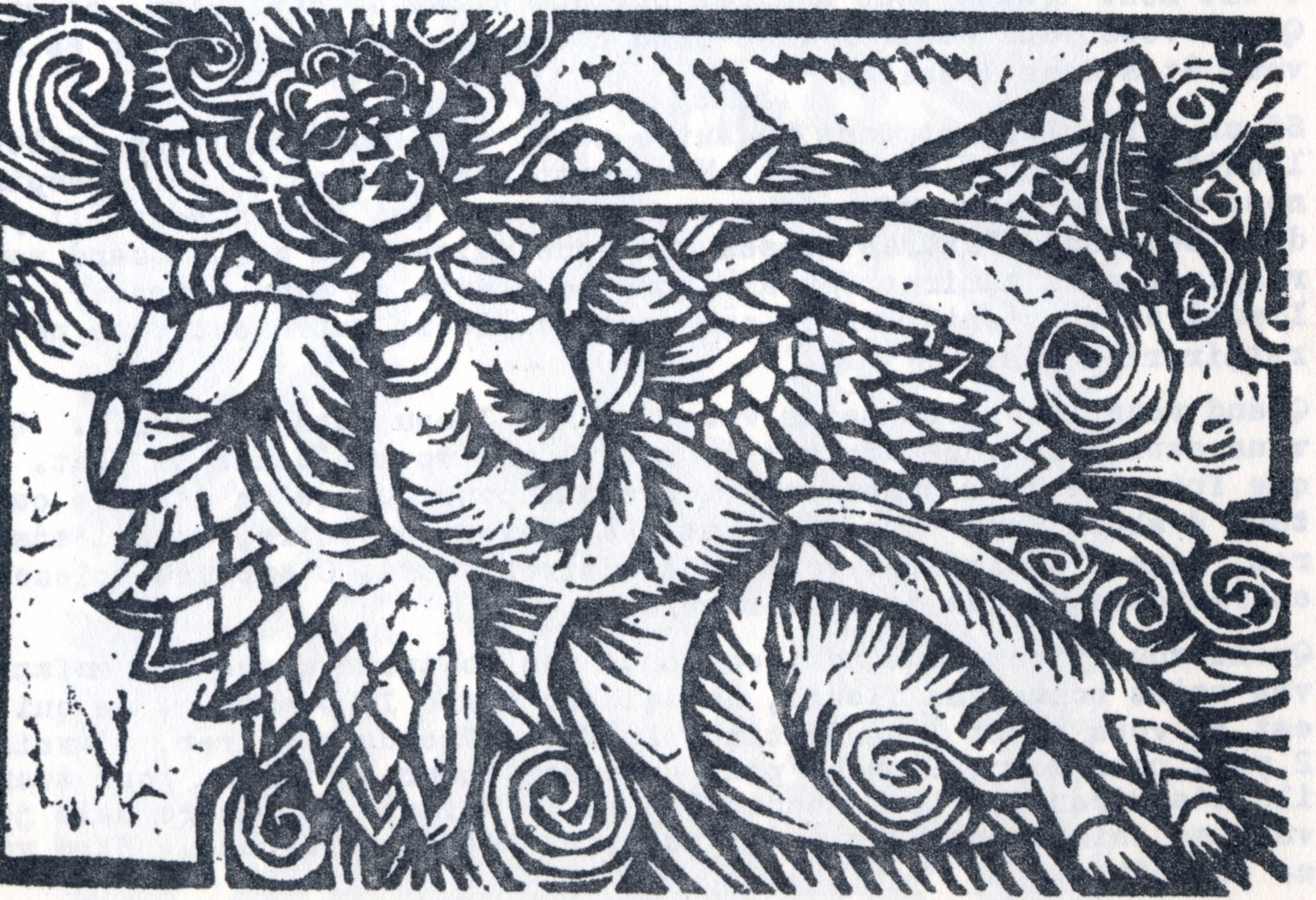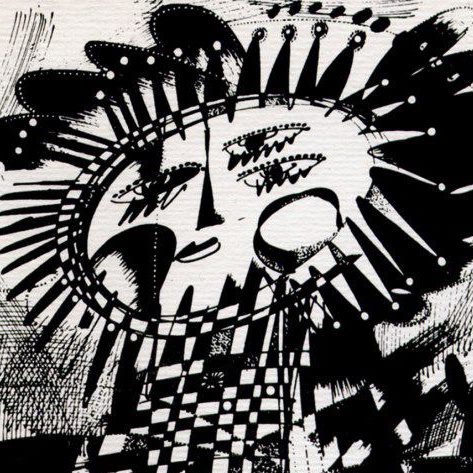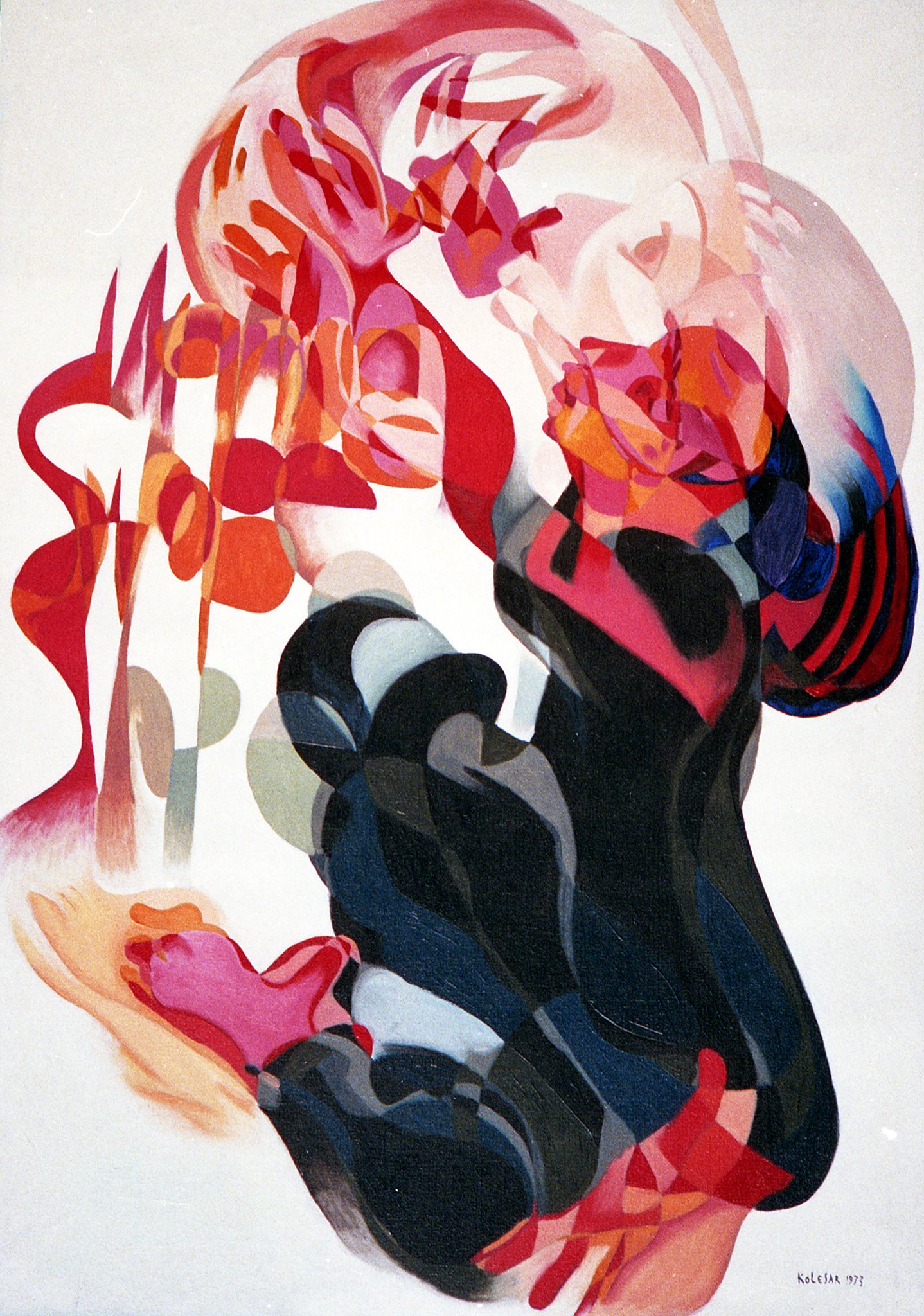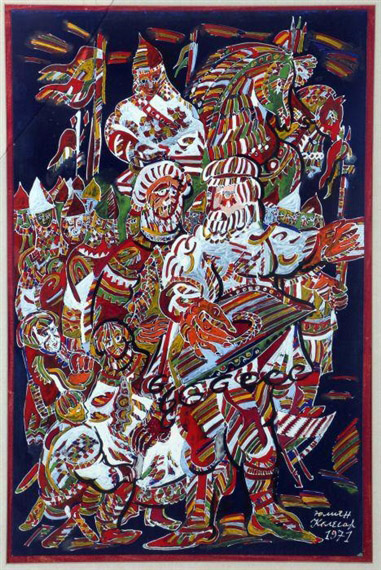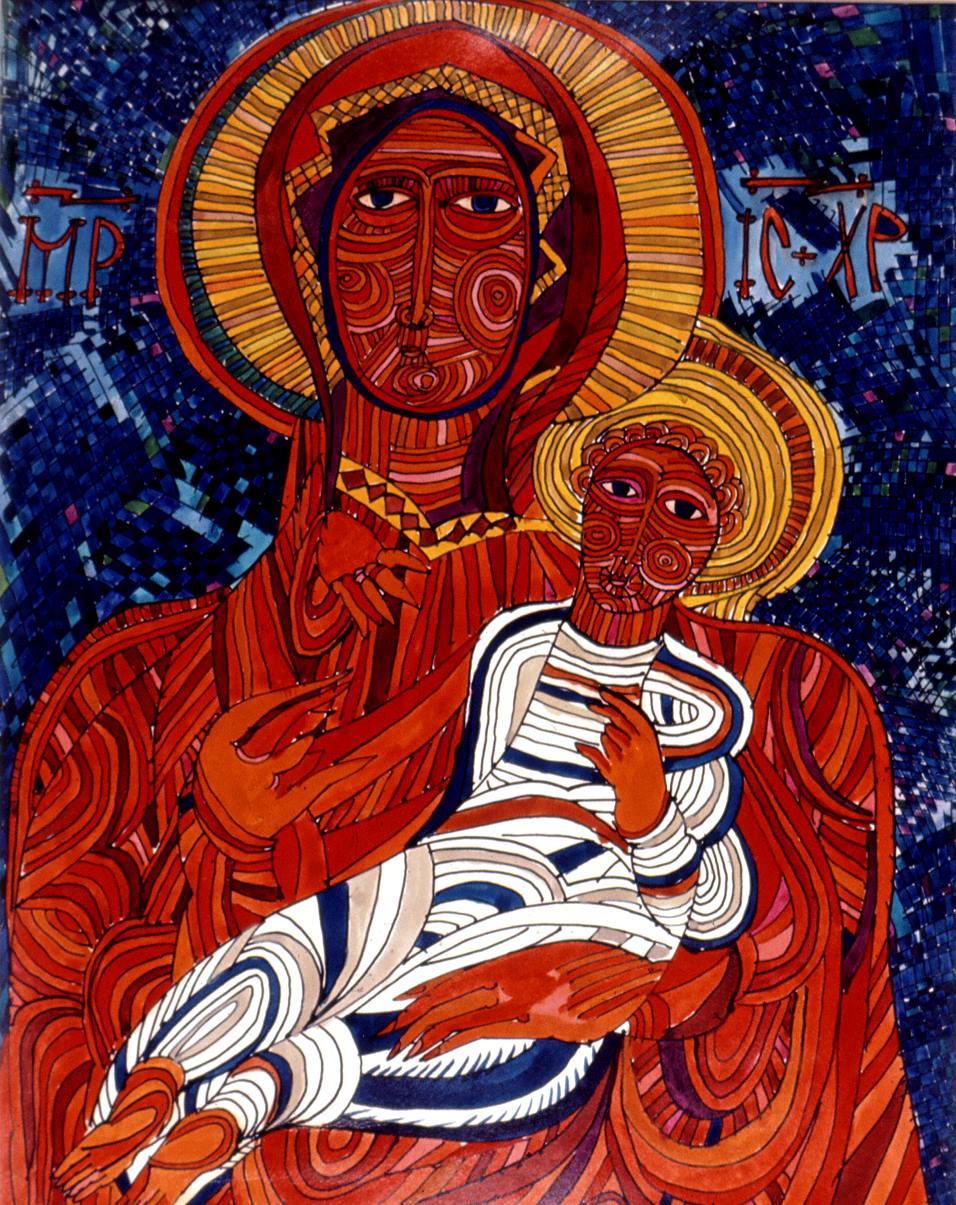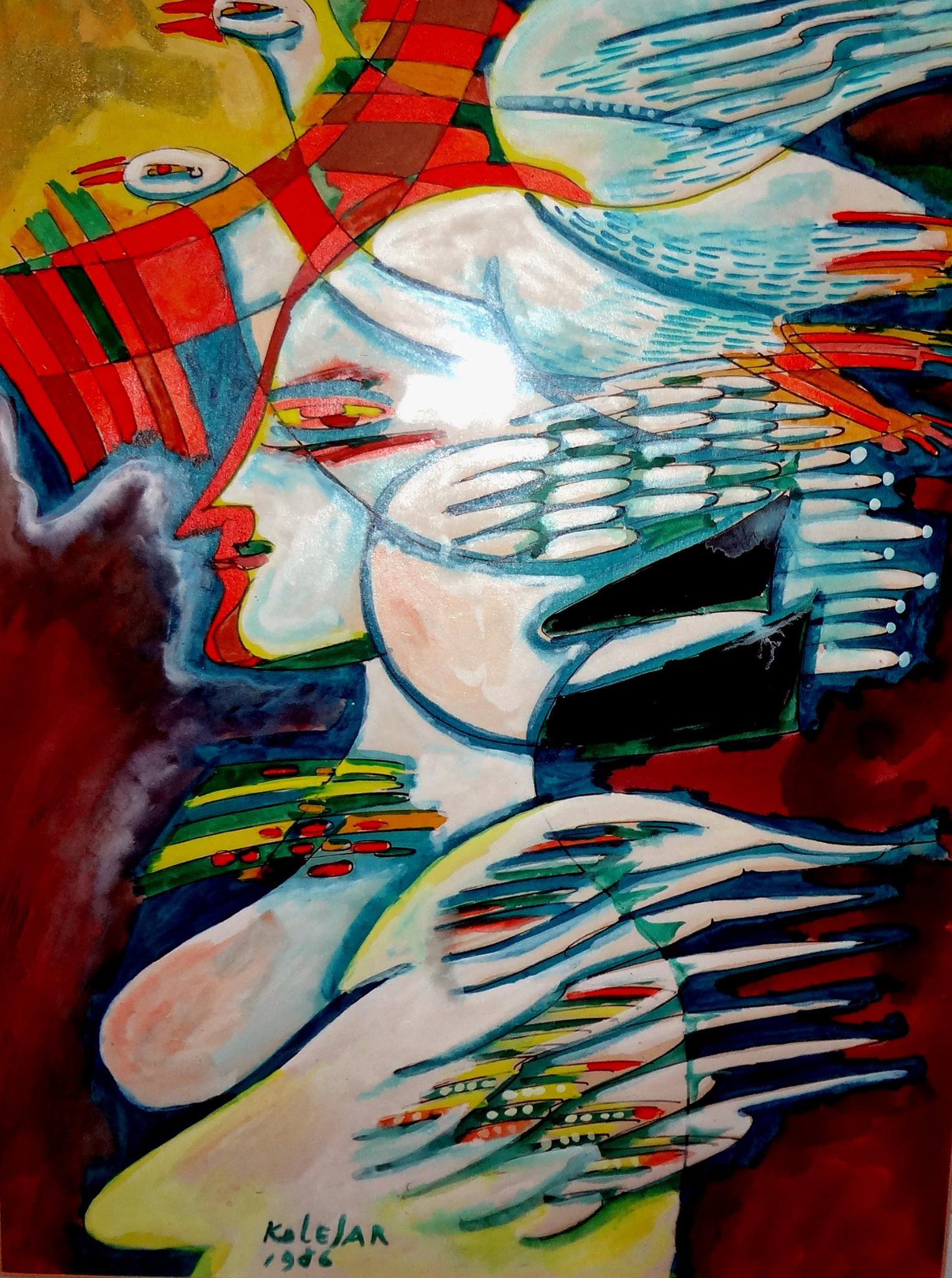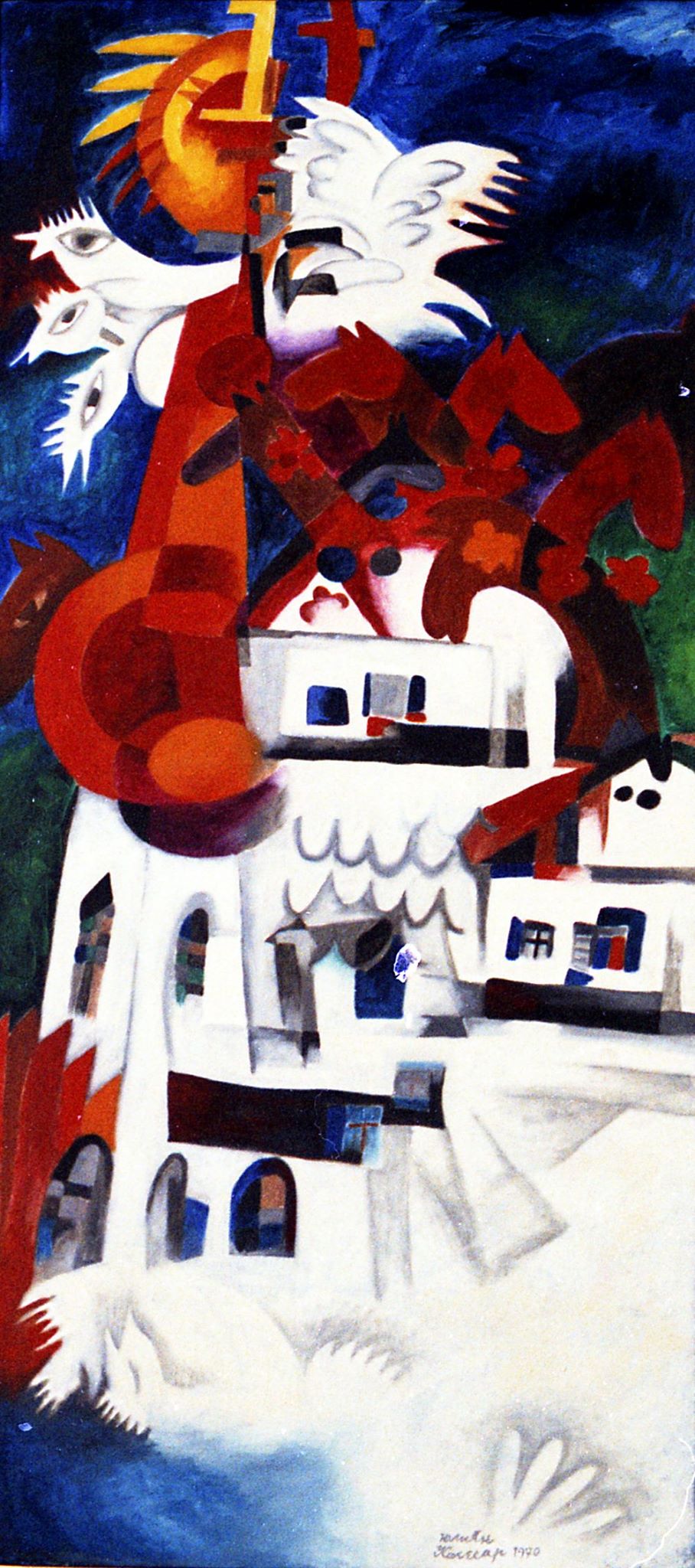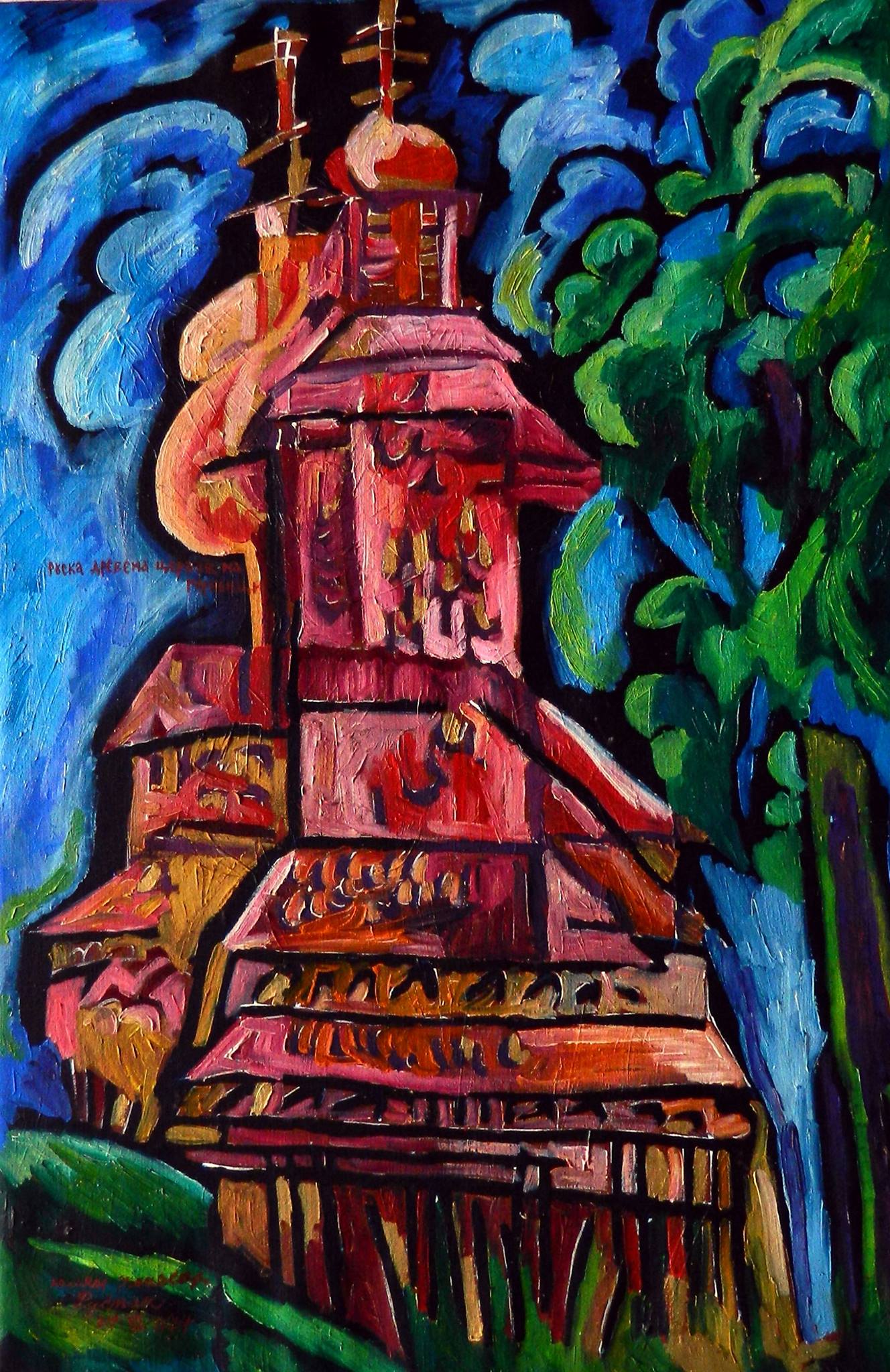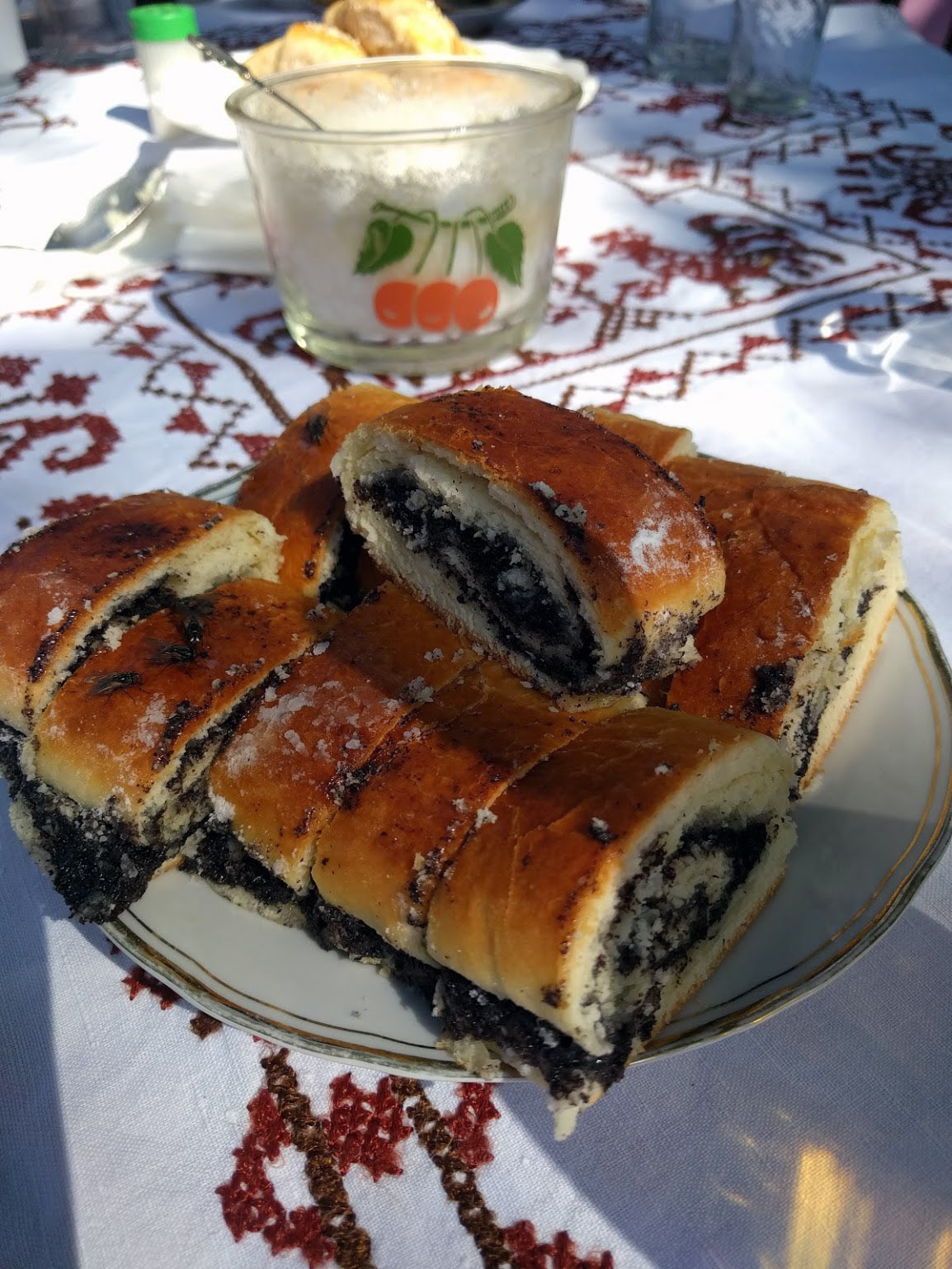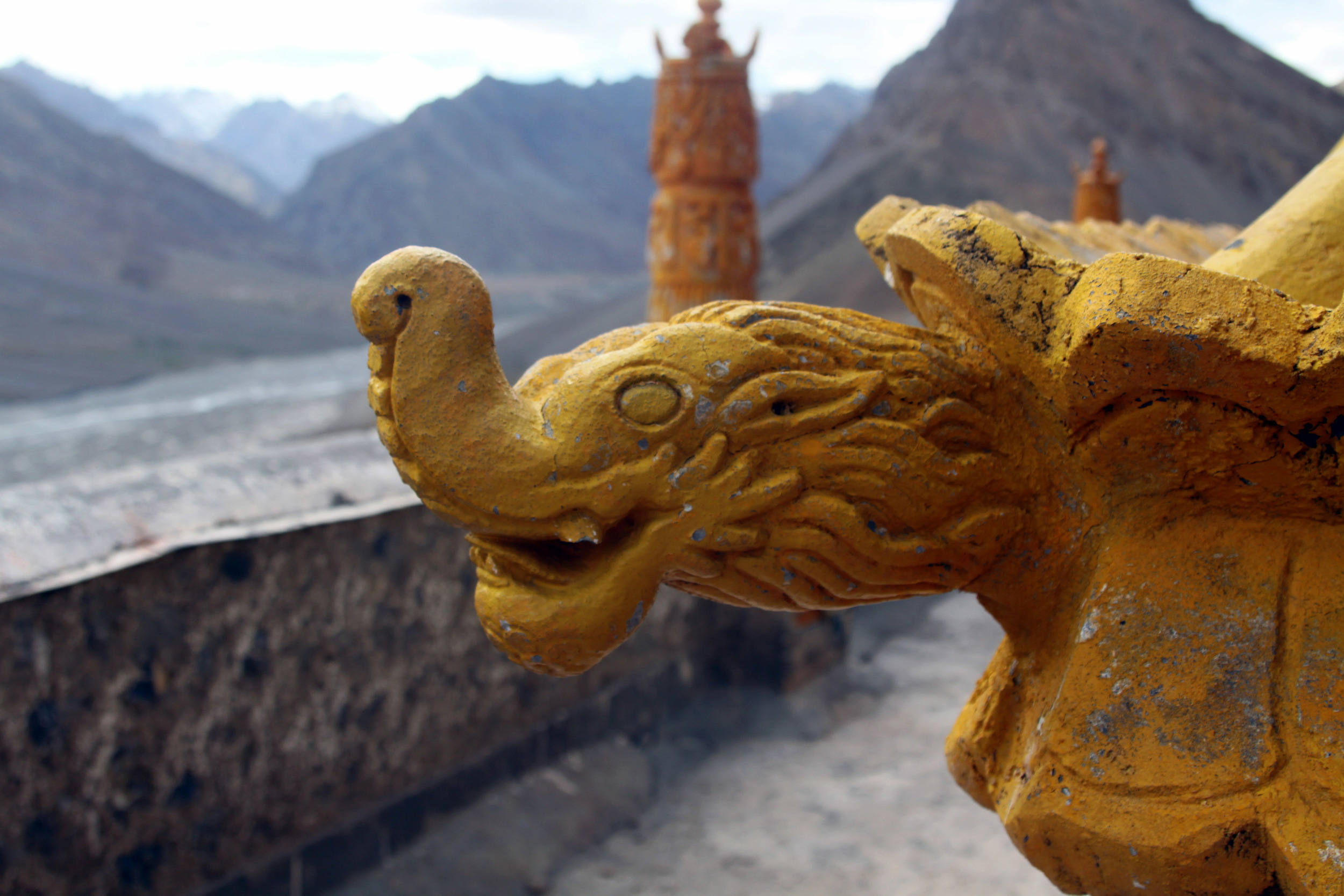
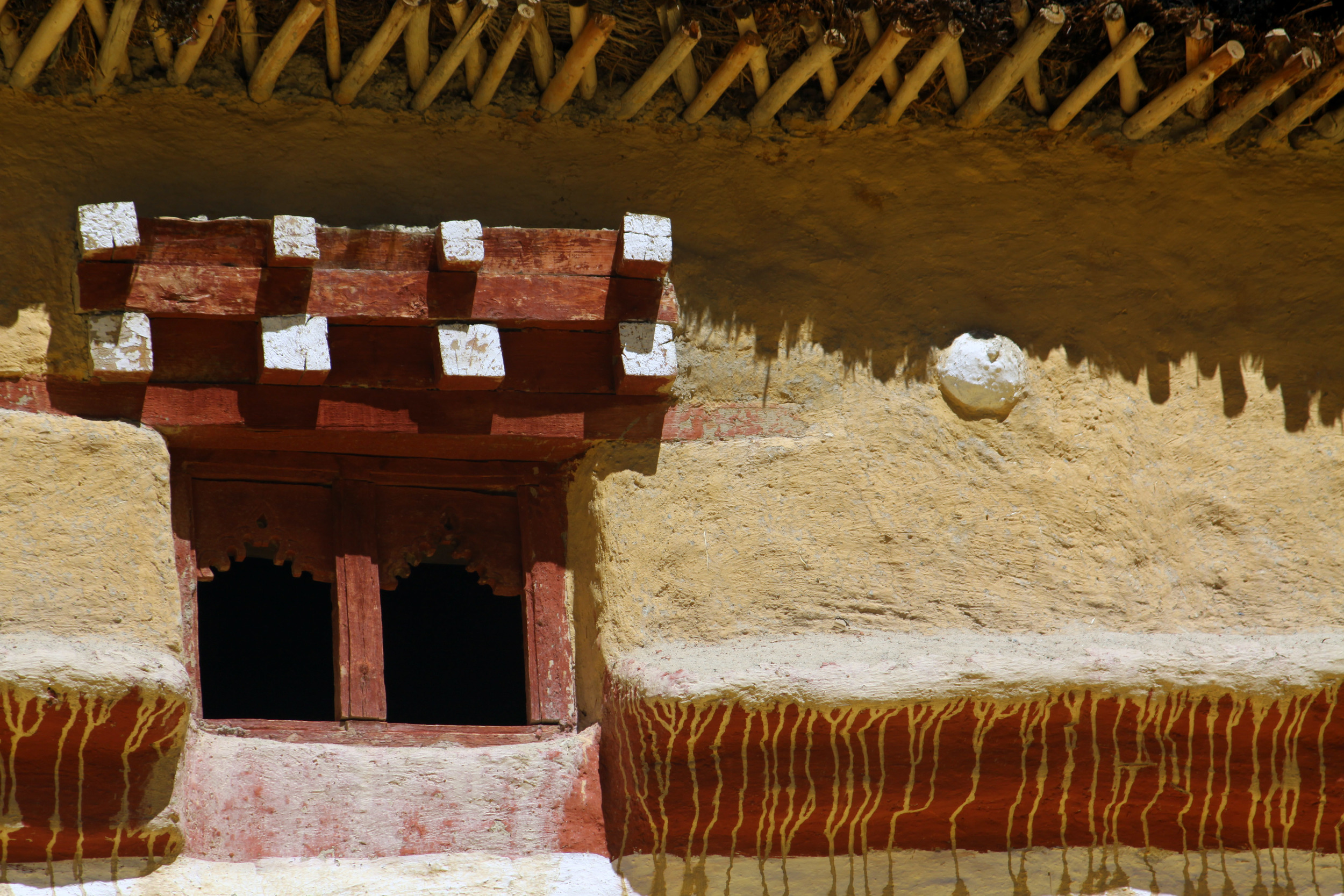
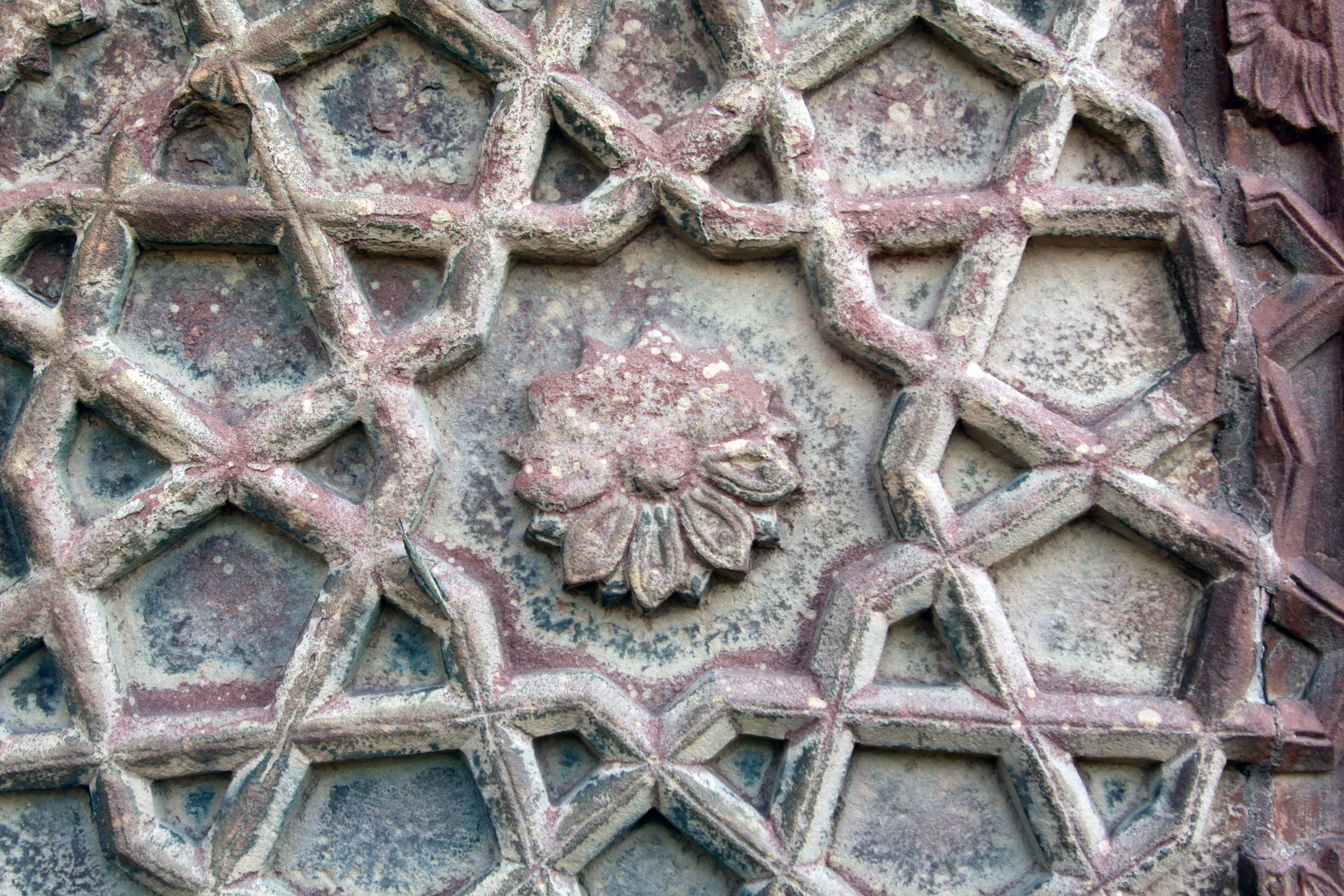
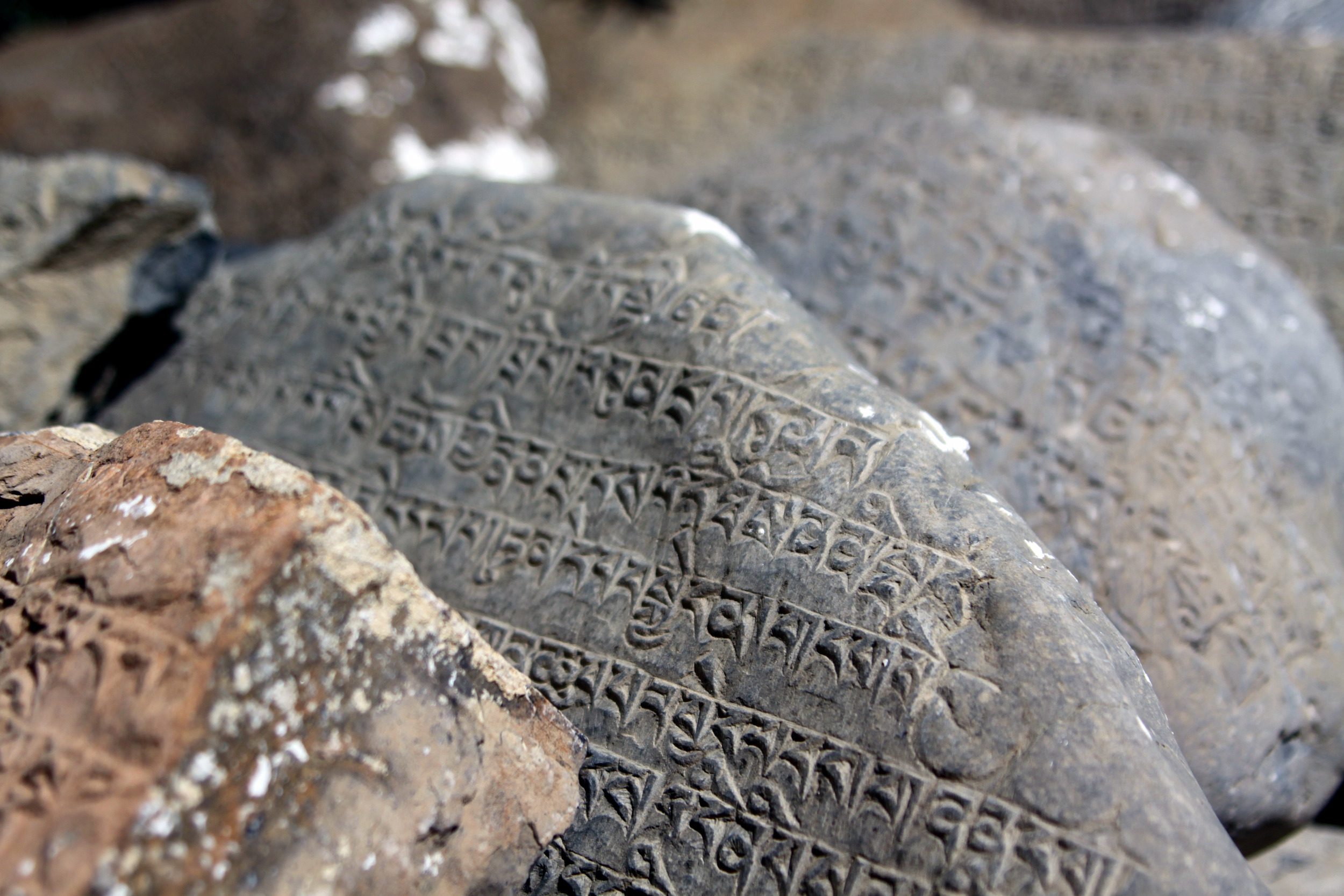
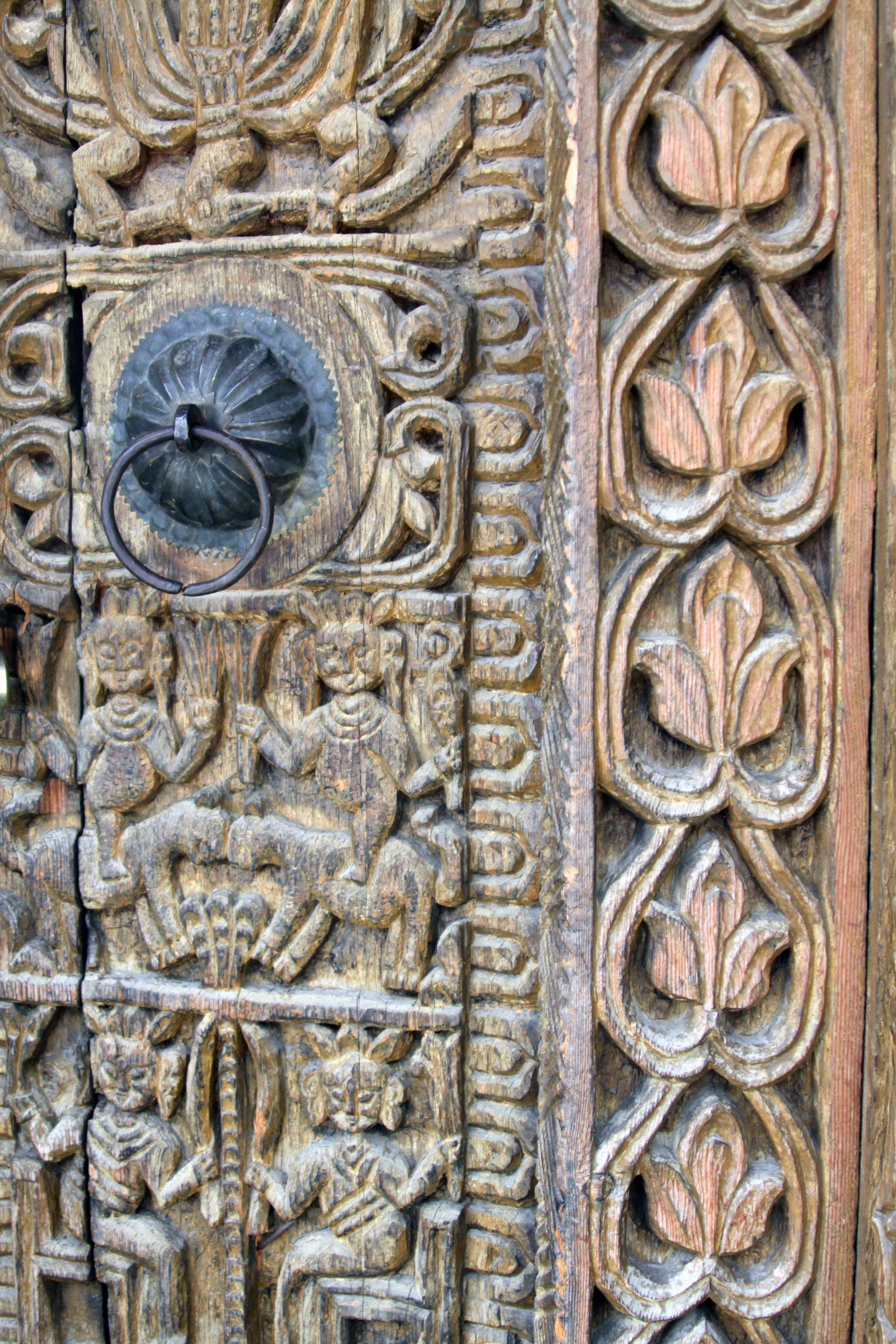
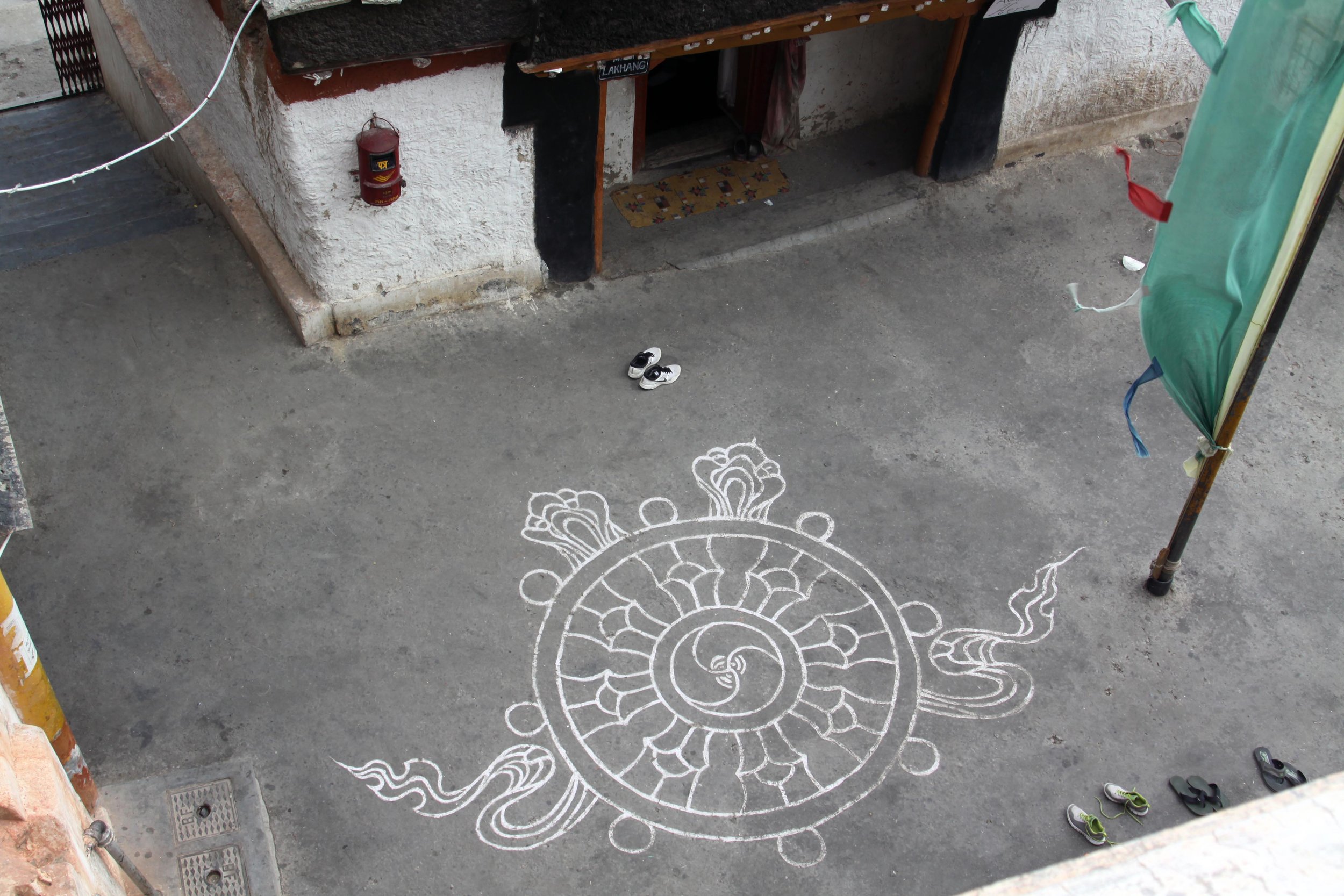
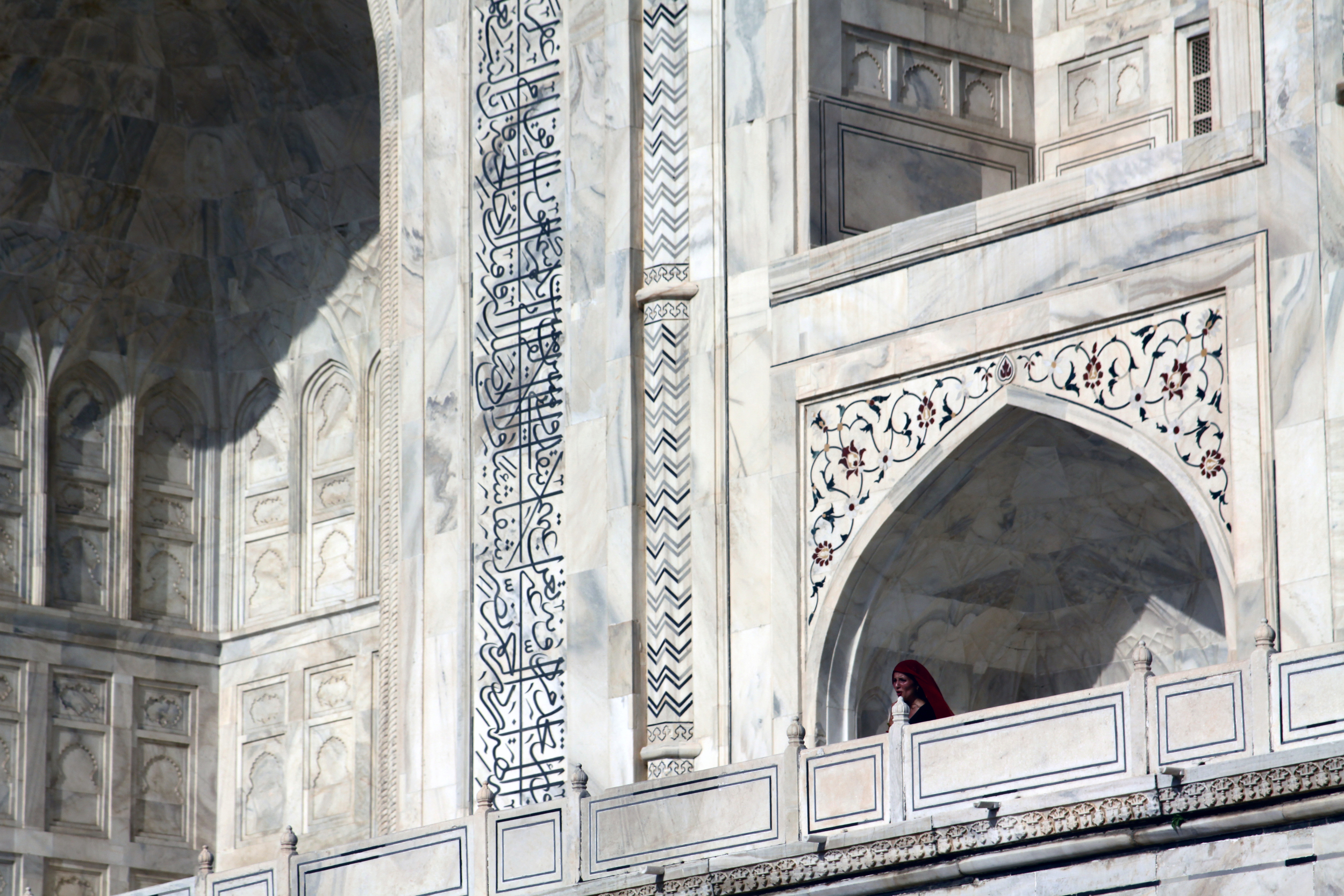


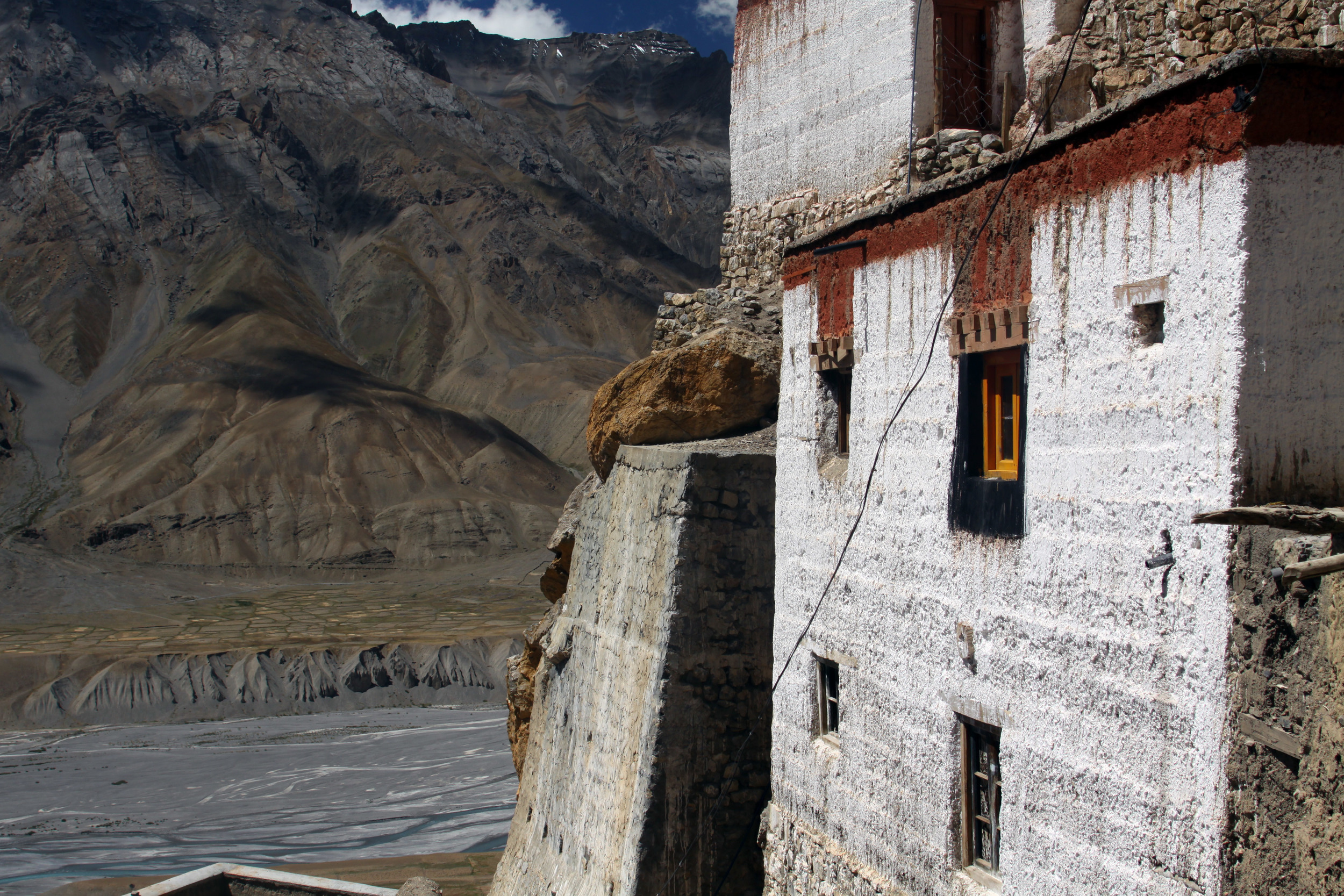
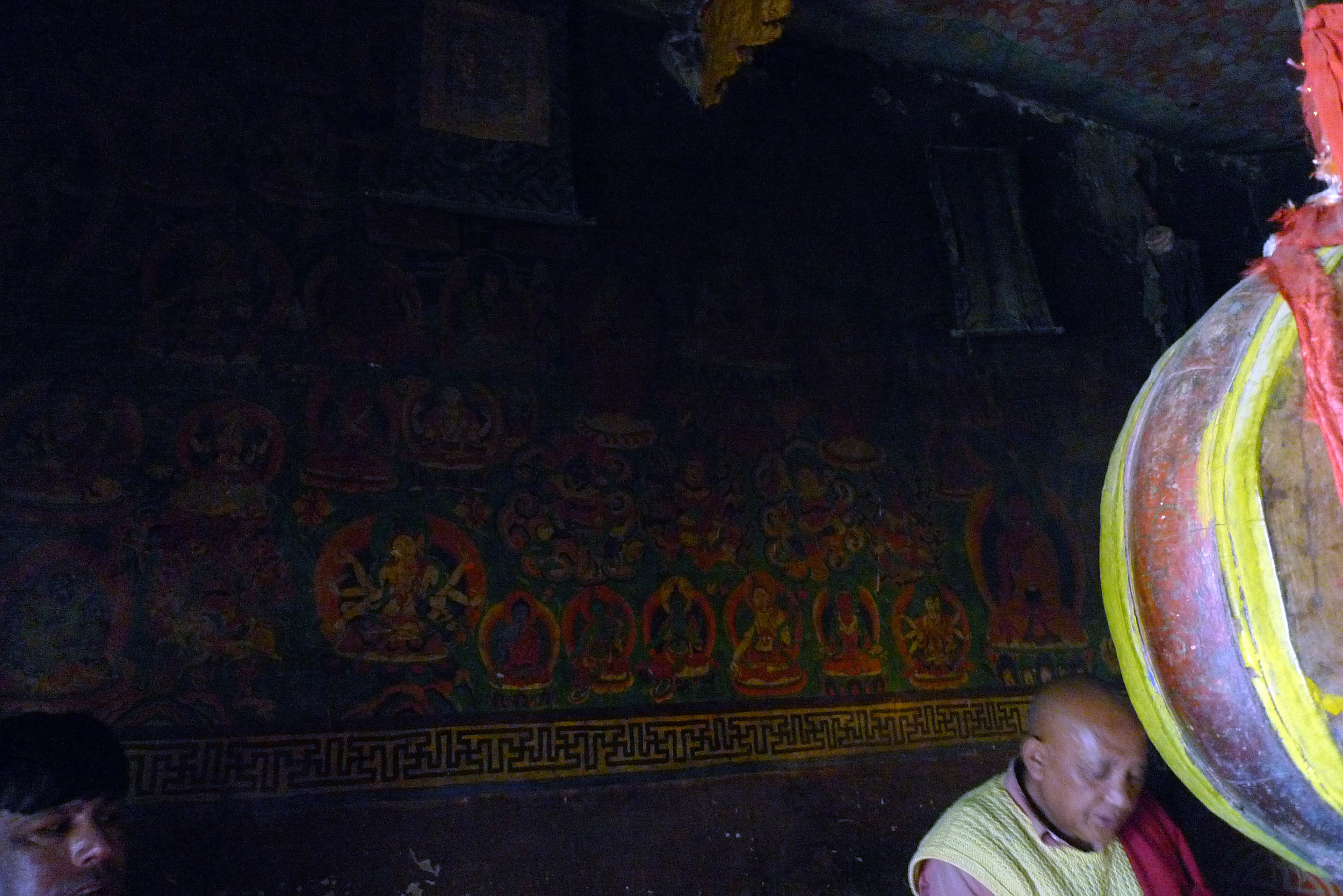
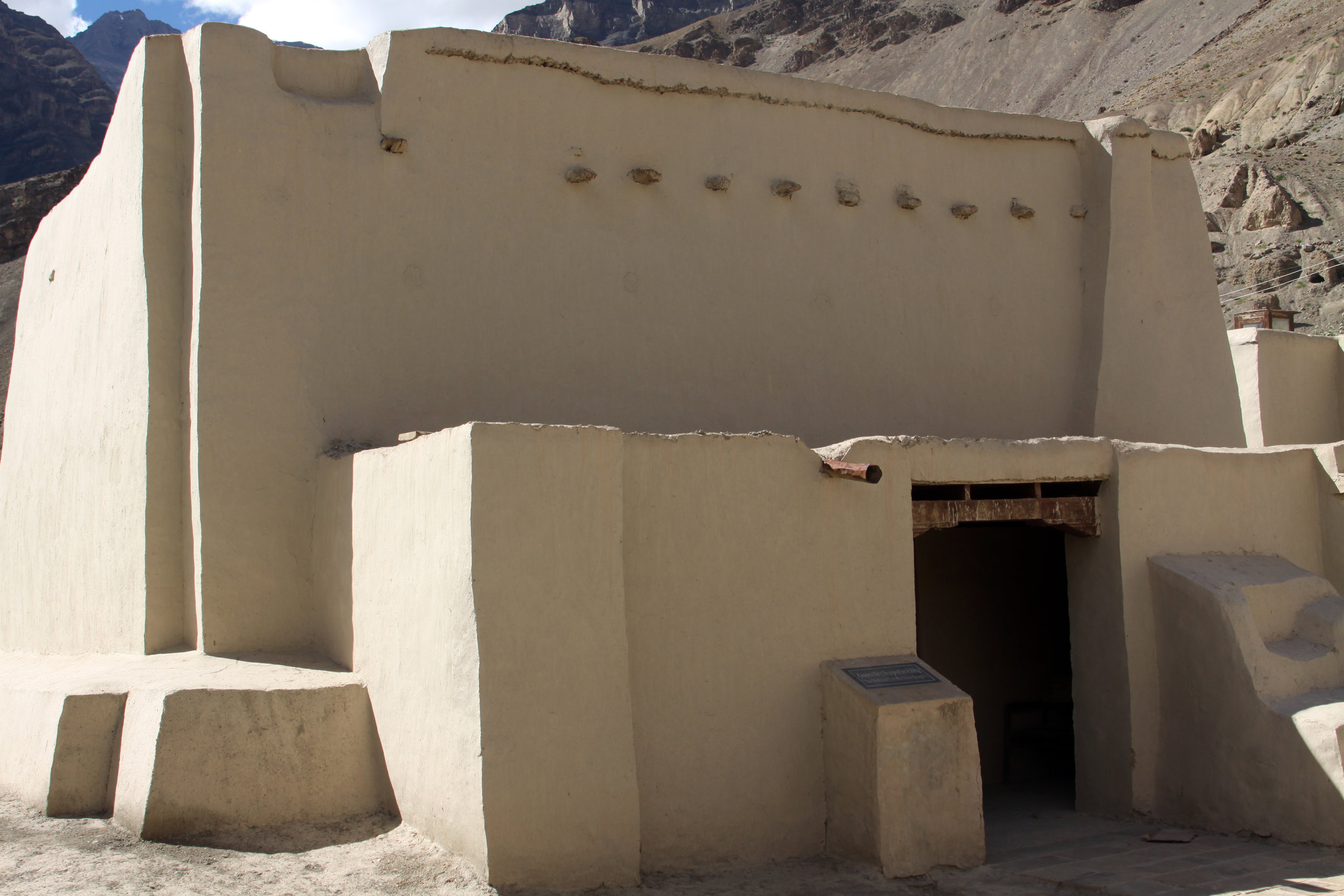

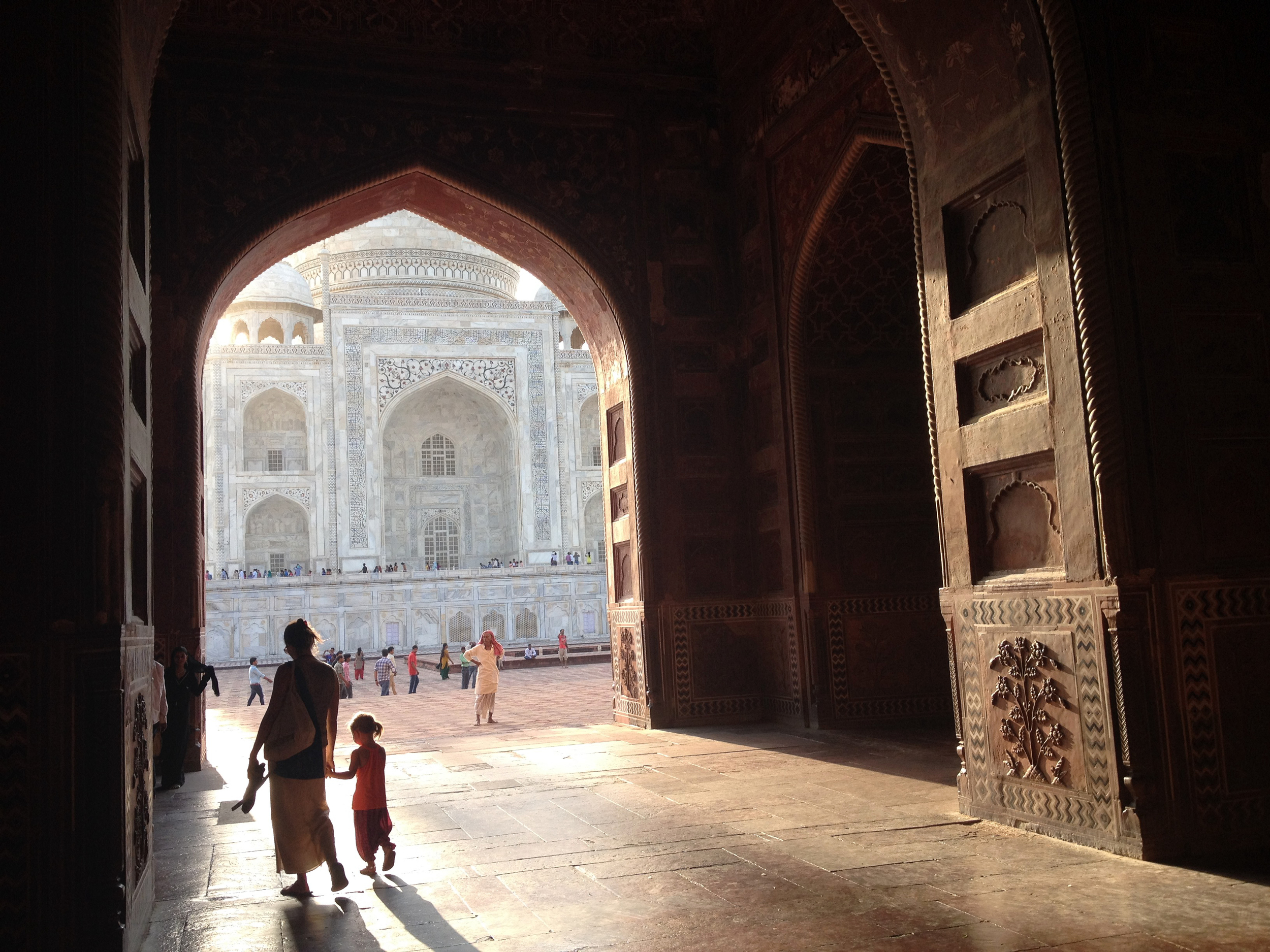
Last year I traveled to the Spiti Valley to attend a conference on prenatal awareness. A high altitude rock desert, this valley near the Tibetan border is home to the 2nd highest village in the world at 4205 m! Winter here is a real killer and buildings are not equipped with running hot water. The few courageous locals who stay over the winter months do a lot of knitting and storytelling :) Tabo Monastery founded in 996 AD is the oldest continuously functioning Buddhist monument in India with 9 chapels containing original wall decorations, the earliest of which were executed by Kashmiri craftsmen. Because of the extreme climatic conditions and the seclusion of this location, Spiti's economic & social structures are similar to the conditions which existed 1000 year ago.
I couldn't leave India without visiting the Taj in Agra, white marble mausoleum inlaid with semiprecious stones so breathtaking I had to cry.
